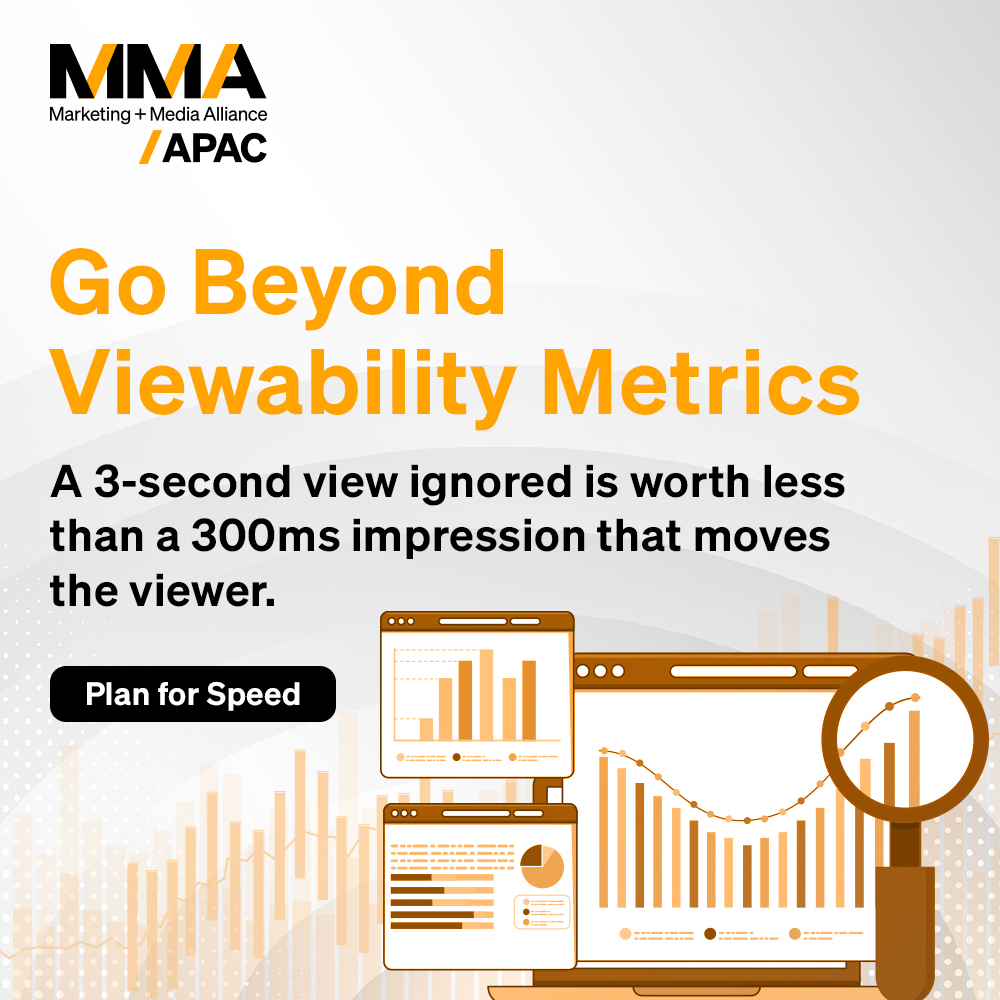Rethinking Retail Media: From Inventory to Intelligence
Retail Media Networks (RMNs) have rapidly become a cornerstone of digital advertising, offering brands direct access to shoppers at the point of purchase. However, many RMNs still rely on basic demographic or transactional data, limiting the precision of audience targeting. This gap presents a significant opportunity: leveraging artificial intelligence (AI) to enhance targeting capabilities, personalize shopper experiences, and optimize ad spend.
According to a survey by Cooler Screens, 53% of marketers believe AI will significantly enhance the way shoppers are targeted and served relevant ads. This optimism underscores the potential of AI to transform retail media into a more intelligent and effective channel.
The Targeting Gap: Limitations of Traditional Approaches
Traditional targeting methods in retail media often segment audiences based on static attributes like age, gender, or past purchases. While these methods provide a starting point, they fall short in capturing the dynamic nature of consumer behavior. For instance, a shopper who purchased baby products six months ago may no longer be in the market for such items, rendering past purchase data less effective for current targeting.
Moreover, reliance on limited data points can lead to missed opportunities. Without deeper insights into shopper intent and context, brands risk serving irrelevant ads, leading to wasted impressions and diminished return on ad spend (ROAS).
AI’s Role in Bridging the Gap
AI offers a solution by enabling more nuanced and dynamic audience segmentation. By analyzing a multitude of data sources, including browsing behavior, real-time engagement, and contextual signals, AI can identify patterns and predict shopper intent with greater accuracy.
According to a newsletter by eMarketer, brands using AI and machine learning to personalize ads have seen a 1.3 times increase in incremental ROAS. This improvement stems from AI’s ability to:
- Enhance Ad Targeting: AI algorithms can process vast amounts of data to identify high-propensity shoppers, allowing brands to focus their efforts on audiences most likely to convert.
- Personalize Shopper Experiences: By understanding individual preferences and behaviors, AI enables the delivery of tailored content and product recommendations, increasing engagement and conversion rates.
- Optimize Ad Spend: AI-driven insights help allocate budgets more efficiently by identifying which channels, creatives, and messages yield the best performance.
AI in Action: What Brands Are Doing Differently
As AI becomes more embedded in retail media strategies, the real differentiator isn’t who uses it, it’s how they use it. Leading brands are moving beyond plug-and-play tools to build smarter, more responsive campaigns. Kraft Heinz and Gatorade offer two distinct examples of how AI is helping brands close targeting gaps and create more meaningful shopper experiences.
- Kraft Heinz: Kraft Heinz has partnered with SymphonyAI to integrate AI-based data-driven insights into their retail strategies. By analyzing macro-level trends alongside detailed store, category, and item-level data, they aim to provide shoppers with optimal experiences centered on value, convenience, and selection. This approach has enabled Kraft Heinz to collaborate more effectively with retailers, tailoring strategies to meet evolving shopper behaviors and preferences
- Gatorade: Gatorade has introduced a generative AI-powered design experience on its Gatorade iD platform, in collaboration with Adobe Firefly. This tool allows athletes and fans to personalize their own Gatorade Squeeze Bottles, reflecting their unique styles and interests. By enabling users to create custom designs, Gatorade enhances consumer engagement and fosters a deeper connection between the brand and its customers .
These examples illustrate how AI can be applied to create more effective and personalized retail media campaigns.
Responsible Targeting at Scale: Think Tank Perspectives
Both MMA’s DATT and the AI Leadership Coalition have underscored that smarter targeting cannot come at the cost of transparency, fairness, or attribution integrity.
The DATT think tank emphasizes the need for robust, cross-channel attribution frameworks that account for incremental value, especially critical in retail media, where on-site behaviors don’t always reflect full customer journeys. Brands are encouraged to use AI not just for segmentation, but for improving multi-touch attribution and media mix modeling accuracy.
In parallel, the AI Leadership Coalition advocates for building AI targeting systems that are explainable, bias-tested, and privacy-compliant. This means regularly auditing algorithms for fairness, establishing governance protocols, and ensuring human oversight is built into machine learning loops.
As AI plays a bigger role in consumer targeting, aligning with these principles ensures both smarter marketing and sustained trust.
The Road Ahead: Embracing AI for Smarter Retail Media
As the retail media landscape evolves, AI stands out as a transformative force capable of closing the targeting gap. By enabling more precise audience segmentation, personalized shopper experiences, and efficient ad spend, AI empowers brands to maximize the impact of their retail media investments.
For marketers looking to stay ahead, embracing AI is not just an option, it’s a necessity. By integrating AI into their retail media strategies, brands can unlock smarter consumer connections and drive sustainable growth in an increasingly competitive marketplace.




















